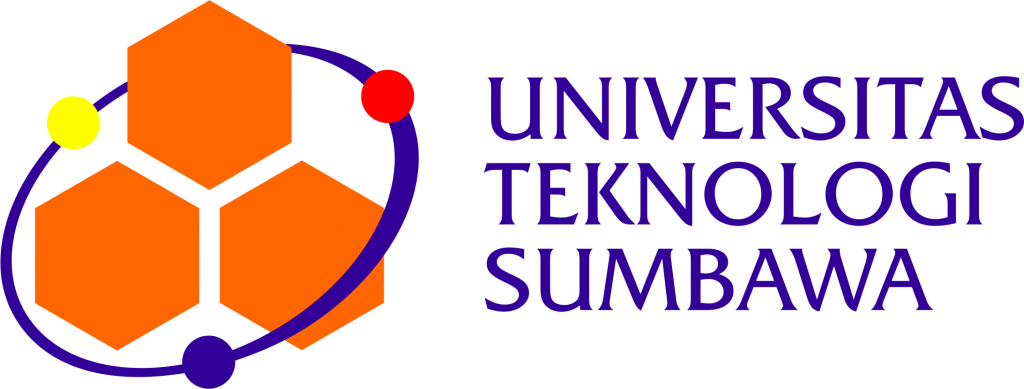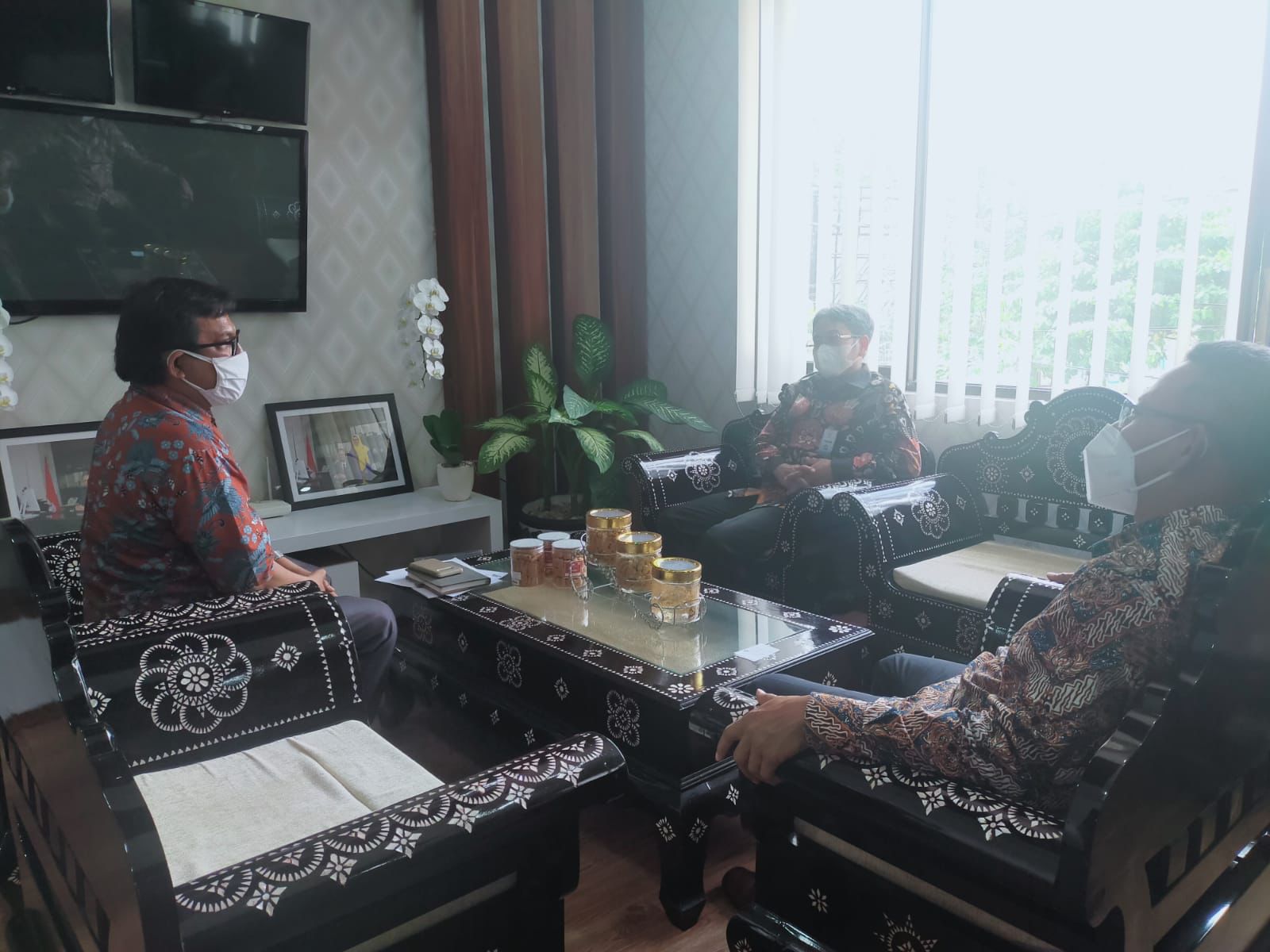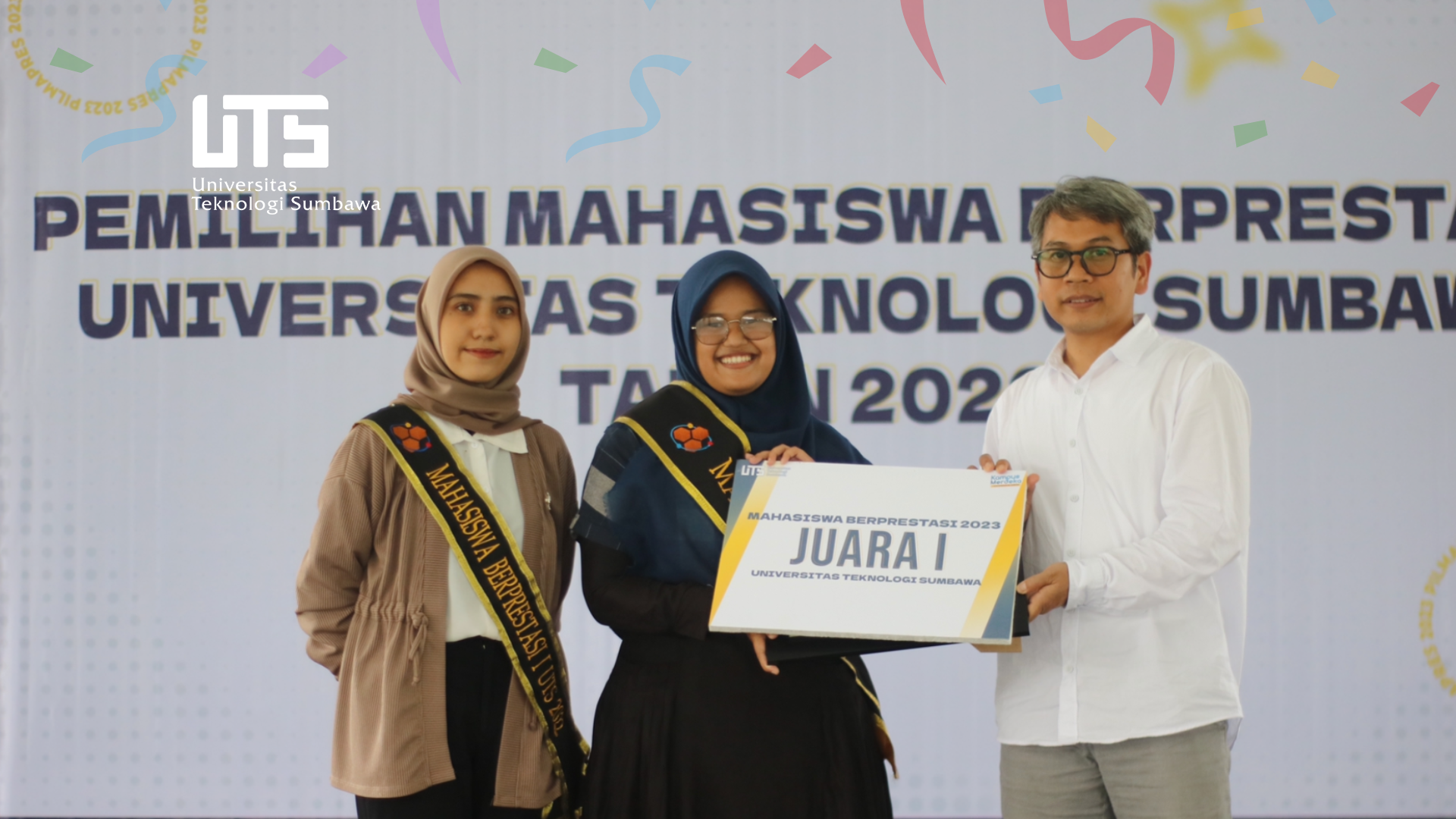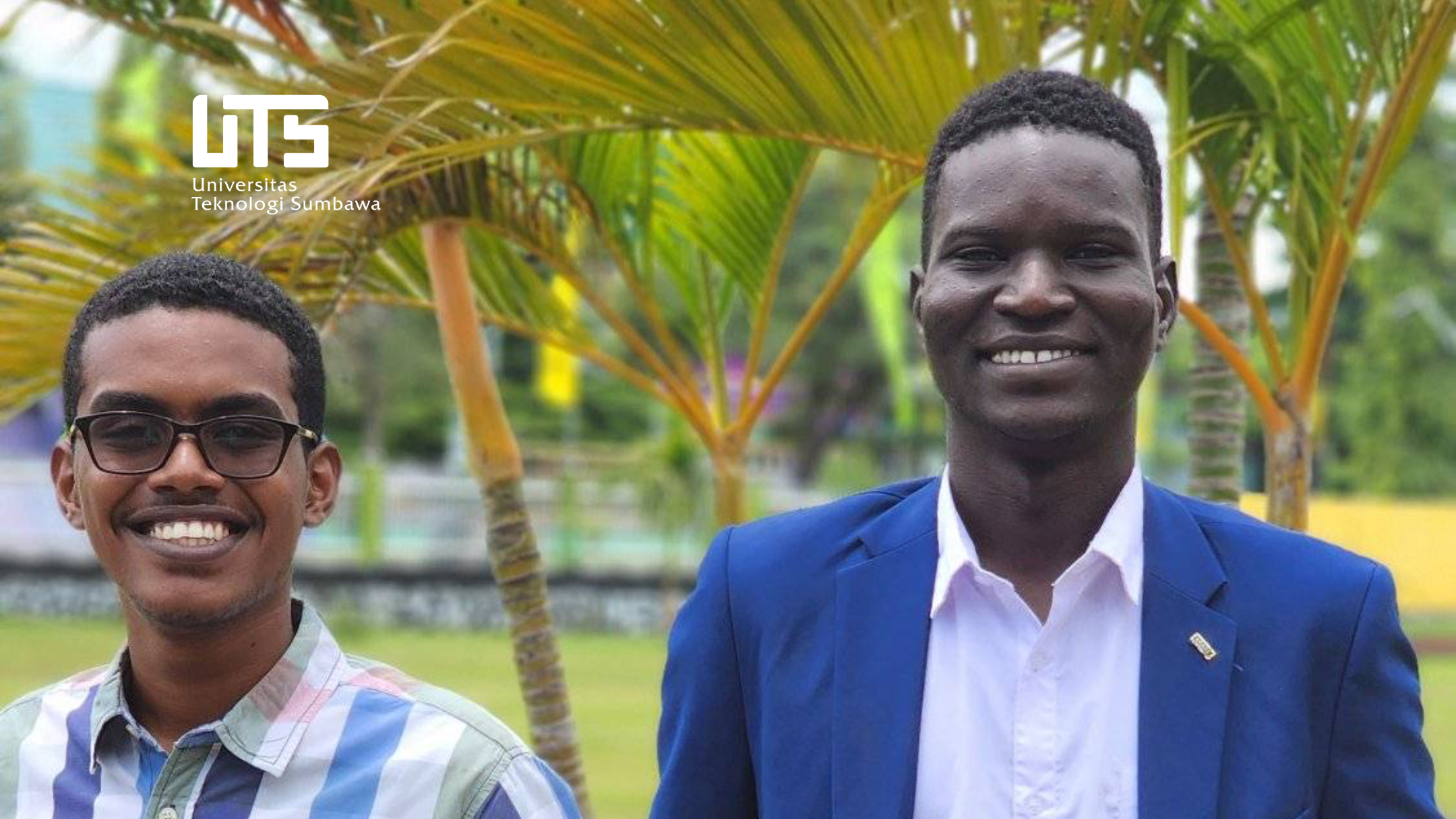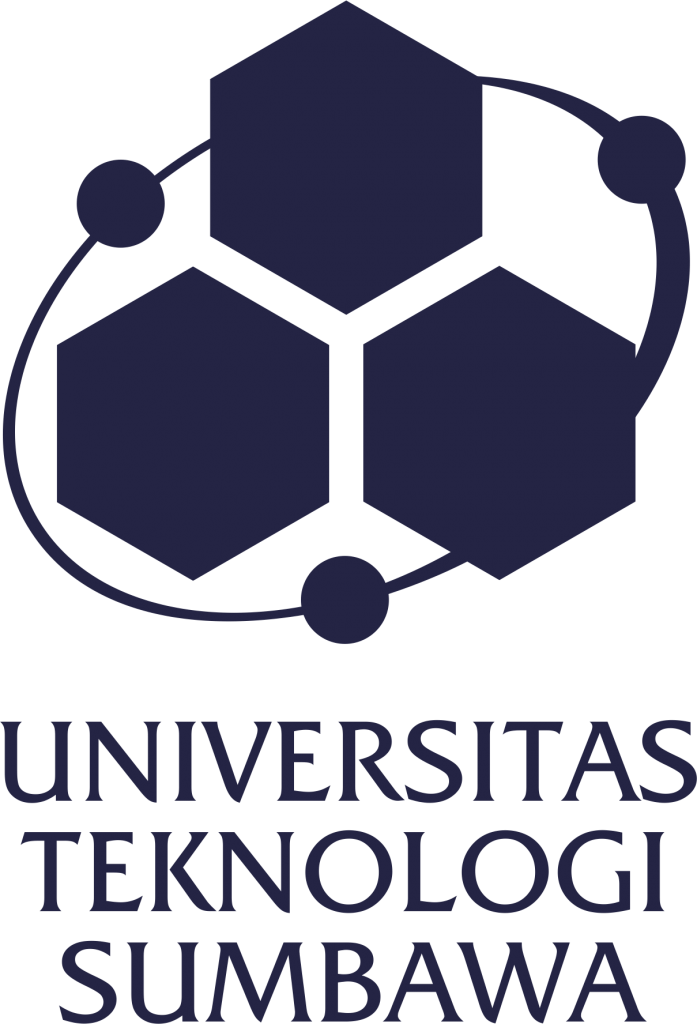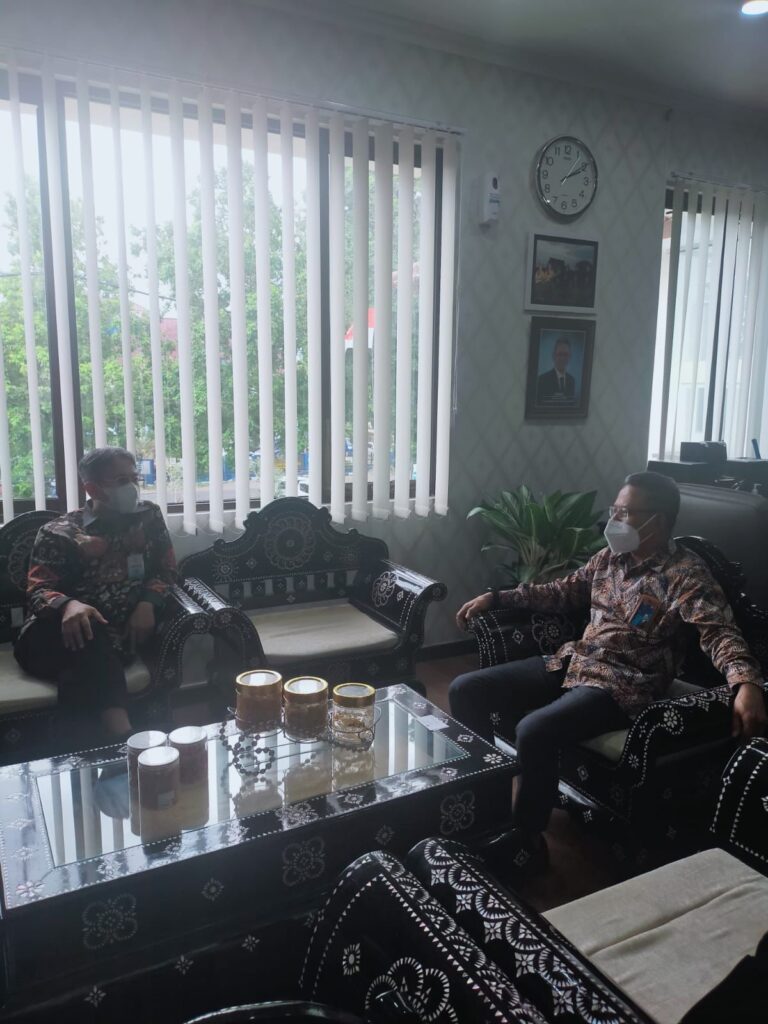
Fly Ash and Bottom Ash or FABA are fine particles (in the form of ash) leftover from burning coal, ash that rises and flies is called fly ash while the one that does not rise is called bottom ash. Faba’s main source comes from the process of burning coal in steam power plants (PLTU) and other coal-fired industries. This ash is b3 waste ((Hazardous and Toxic Materials), until the issuance of Government Regulation No. 22 of 2021 on the Implementation of Environmental Protection and Management, FABA which is waste from combustion waste in power plants categorized into non-B3 waste. This is because the burning of coal from the power plant is done at high temperatures so that the content of unburned carbon becomes minimum and more stable when stored.
Based on data from the Directorate General of Electricity kesdm in 2018, the projected coal needs until 2027 amounted to 162 million tons. Predicted potential FABA generated amounted to 16.2 million tons, assuming 10% of coal use. The amount of coal ash waste produced is not in line with the way it is handled. Most are still limited through landfill. If not utilized and not handled properly, it can potentially cause pollution. The government encourages related industries to utilize the B3 waste it produces as a circular economy model.
FABA should be viewed as a resource that can provide economic benefits, not as useless hazardous waste. With the development of technology, FABA opportunities are very open to be used as a substitute for raw materials for products of various industries.
Following this, UTS has now established cooperation with PT. PLN Ntb Regional Master Unit related to the utilization of faba into paving block manufacturing materials. Previously, UTS itself had experience related to the manufacture of paving blocks, so there was cooperation with PLN related to the use of faba into paving raw materials that are no less strong than the composition of cement and sand. This cooperation is the result of further discussions between UTS Rector Chairul Hudaya, Ph.D. and Lasiran General Manager pt. PLN UIW NTB in September 2021.
In addition, PLN and UTS have cooperated in the preparation of UKL-UPL documents and environmental licensing for the construction of a 20 kV rural electricity network in the Sumbawa system. Where the rural electricity grid construction project will be built in 6 locations, namely, Punik Hamlet, Rarak Ronges Village, Lebin Village, Kelawis Village, Brang Bako Hamlet, and Sili Hamlet. It has been running since August 2021.
UTS Rector Chairul Hudaya, Ph.D explained, “Through this faba utilization cooperation, we believe this faba waste will become more valuable. This will not only help PLN in processing and reducing faba waste but also economically valuable. UTS as an educational institution has a responsibility to contribute in various fields, including synergy is no exception with PLN. Through these projects, hopefully we UTS can give more to the community. Show our contribution through real action.” Pungkas Chairul Hudaya.
